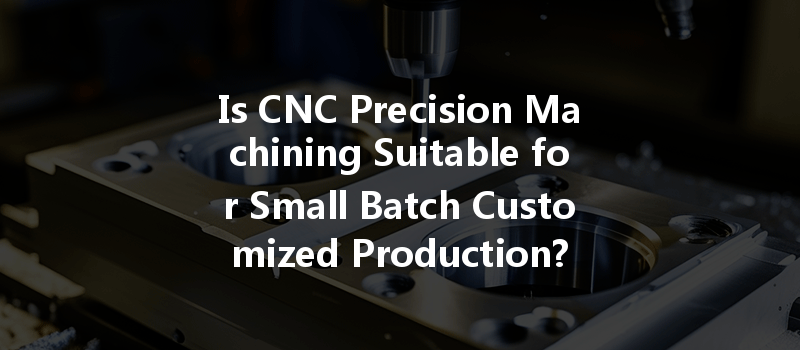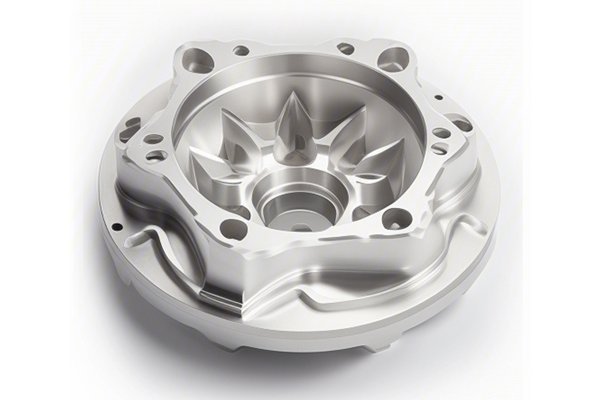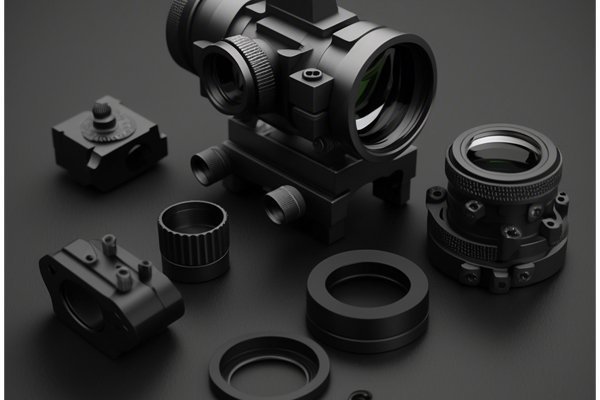Opening: The Rise of Precision Machining in Custom Manufacturing
Did you know that the global CNC machining market is expected to reach approximately $100 billion by 2027? This rapid growth is reflective of the increasing demand for highly customized products across various industries. Among the most versatile applications driving this boom is CNC (Computer Numerical Control) precision machining, which has revolutionized the process of producing small batch, customized components. As businesses shift towards more tailored solutions, the question arises: is CNC precision machining truly suitable for small batch customized production?
This blog will explore the core technologies underpinning CNC precision machining, assess its advantages for small batch production, and outline the best practices to implement in your operations.
Understanding CNC Precision Machining
CNC precision machining refers to the automated process of removing material to shape components with high accuracy and consistency. The transition from traditional machining to CNC came about due to the demands for precision and repeatability that manual methods struggled to meet. With CNC machines, operators can input their designs digitally, automatically controlling the cutting tools to perform intricate tasks with minimal human intervention.
Key Technologies Supporting CNC Precision Machining
Is CNC Machining Suitable for Small Batch Production?
Historically, CNC machining was seen as better suited to large production runs due to the initial setup costs involved. However, technological advancements have made CNC precision machining a compelling option for small batch customized production. Here’s why:
While the initial setup may seem costly, the efficiency gains from CNC machining can offset these expenses in low-volume runs. Moreover, as setups for batch manufacturing become increasingly streamlined, per-unit costs decrease with each successive part made. When high precision is required, quality control built into the CNC process can save costs related to defects and reworks.
One of the strongest advantages of CNC precision machining is its ability to adapt designs on the fly. If a customer requests a modification or a new component, adjustments can easily be made in the CAD and CAM software before the next batch is produced. This agile approach is especially beneficial in industries such as aerospace and medical devices, where clients often require bespoke parts.
CNC machines can operate continuously with minimal downtime, hence providing a quick turnaround for small batch productions. In addition, multiple parts can often be machined simultaneously, minimizing the total production time.

The digitization of design and manufacturing ensures greater consistency across parts. CNC machines excel at producing complex geometries and tight tolerances, which can sometimes be impossible to replicate through manual methods. For industries where every millimeter counts, this precision is non-negotiable.
CNC machining is notable for its efficient material usage. Operators can use computer algorithms to minimize waste material and select optimal cutting strategies, which is essential for small batch production where material costs can be substantial.
Best Practices for Implementing CNC Precision Machining in Small Batch Production
If you’re assessing CNC precision machining for your small batch customized production needs, here are several best practices to consider:
Having a skilled workforce is essential to maximizing the advantages of CNC machining. Continuous training and development ensure that your staff is proficient in CAD and CAM systems as well as familiar with machine operations. This reduces the likelihood of human errors and enhances overall productivity.
Selection of the appropriate CNC machine is crucial. Depending on the types of materials and complexity of the components, you may need to invest in multi-axis devices or specialized equipment tailored to your production needs.
Establish a holistic workflow that encompasses design, prototyping, machining, quality control, and delivery. An integrated approach facilitates faster turnaround times and ensures that everyone involved is aligned with the production goals.
Do not overlook the importance of quality. Implement consistent quality checks at various stages of the production process to catch errors early. Regular calibration of CNC machines will also ensure they produce within desired specifications consistently.
For materials and components that require specific tolerances or characteristics, work with a trusted network of suppliers. This, combined with your CNC capabilities, will enhance the overall capacity of your small batch production.
: Transforming Small Batch Production with CNC Machining
CNC precision machining has proven itself to be a versatile and effective solution for small batch customized production. With enhanced efficiency, flexibility, and precision, businesses across a variety of industries are embracing this technology to meet evolving customer demands.
As we look toward the future, the integration of advanced CAD/CAM systems, multi-axis machining capabilities, and robust quality assurance protocols will only strengthen its position in manufacturing. Investing in CNC technology not only elevates your production capabilities but also empowers your organization to adapt to the dynamic market landscape.
In conclusion, CNC precision machining stands as a compelling option for businesses looking to innovate and thrive in a competitive environment. By leveraging its advantages, organizations can not only enhance their operational efficiency but also provide unique, high-quality tailored solutions to meet customer needs. In a world that increasingly values customization, the importance of understanding and implementing CNC precision machining cannot be overstated. Your business’s future could hinge on your ability to adapt and evolve through technology.
Related Posts
- How do CNC processing manufacturers track the progress of orders and provide real-time updates to clients?
- What are the advantages of combining CNC machining with 3D printing technology for manufacturing efficiency?
- What Are the Performance Differences of Various Plastics in CNC Applications and How Do They Affect Machining?






